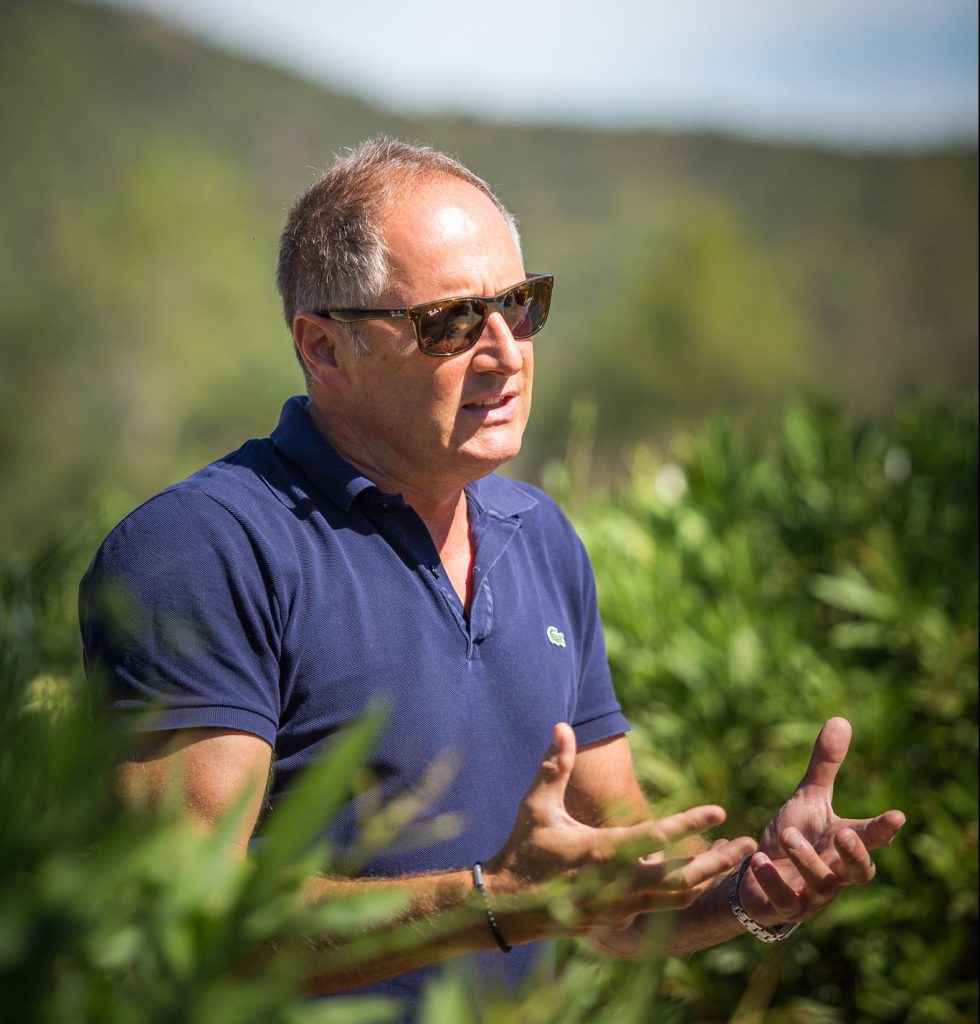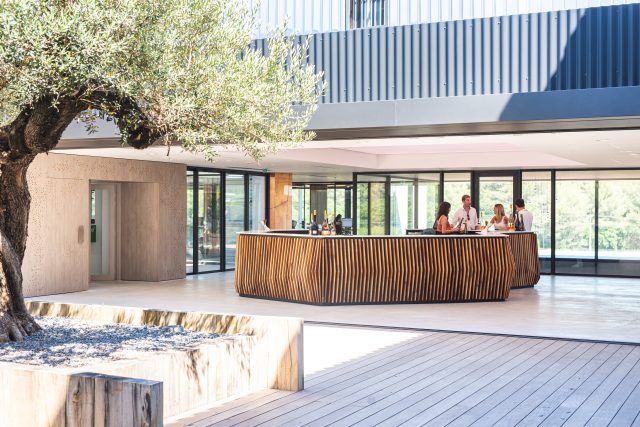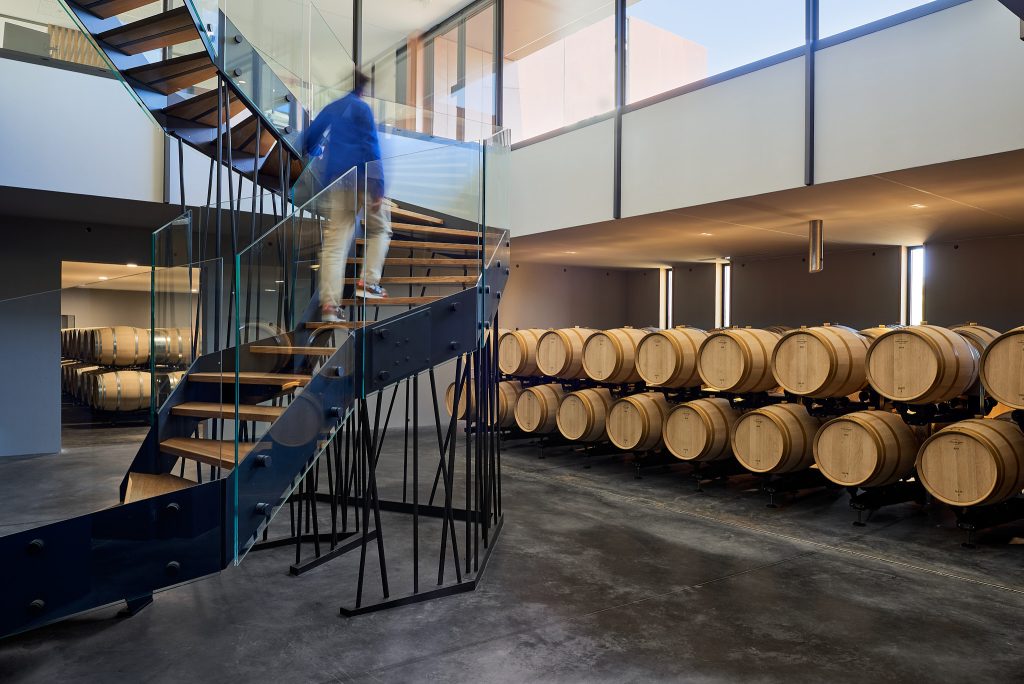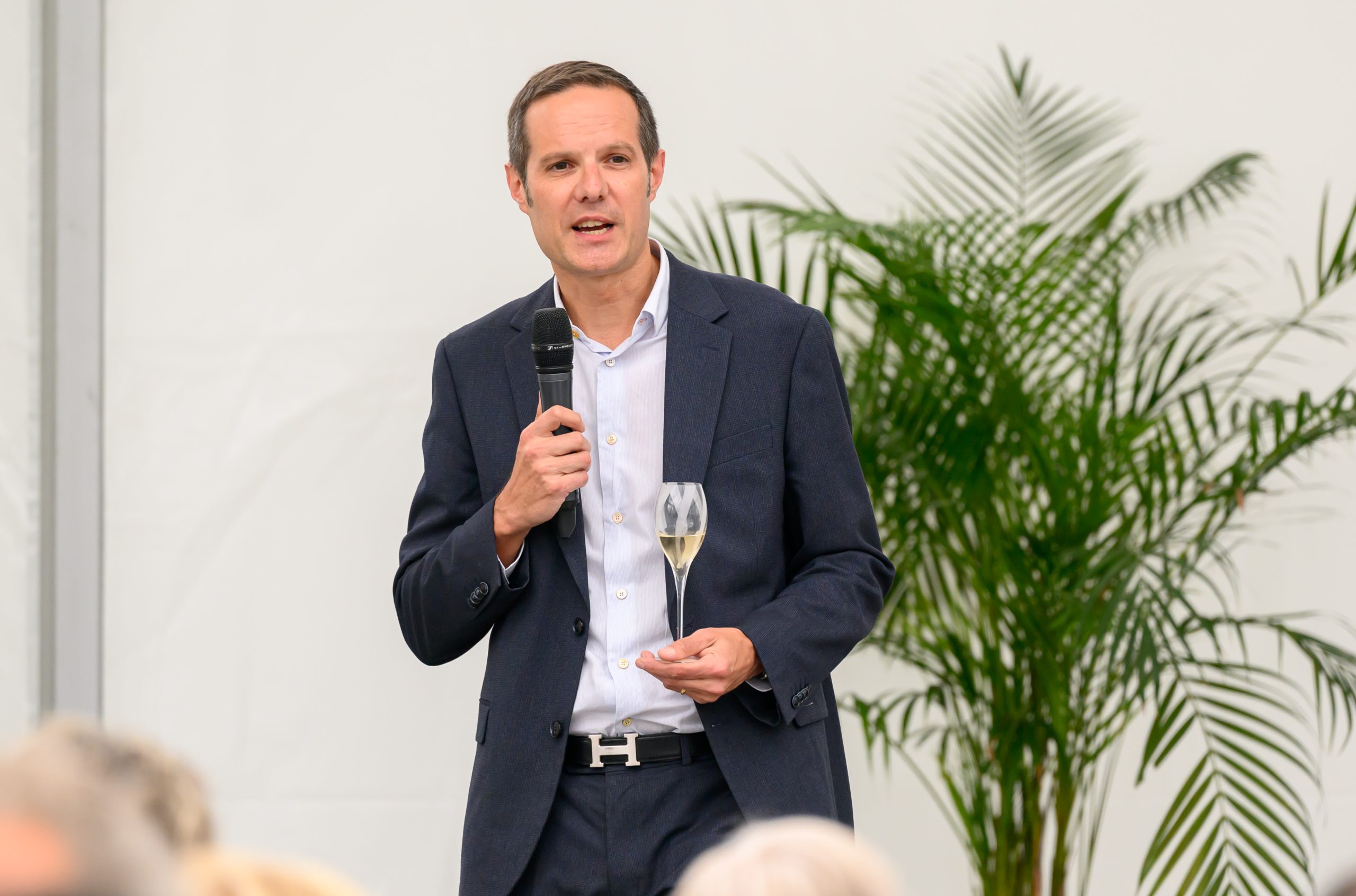Serendipity and rosé: the Sainte Marguerite story
Chance may have brought the Fayards into winemaking during the 1970s, but today family domaine Château Sainte Marguerite is in the vanguard of the Provence rosé boom – attracting a big-money acquisition by Pernod Ricard as a result. What’s next? Richard Woodard finds out.

There’s a thread of serendipity running through the story of Provence rosé producer Château Sainte Marguerite and the Fayard family – from its origins almost 50 years ago to the sale in 2022 of a majority stake to global wine and spirits giant Pernod Ricard.
In 1976, Jean-Pierre and Brigitte Fayard decided to relocate to the South of France with their three young children. They sold the family plastics business and, a year later, moved from Saint-Etienne to a house in Provence, close to the Mediterranean. With the house came a small vineyard. “By the way,” the local notaire told them when they arrived, “the harvest begins tomorrow.”
“So,” says Olivier Fayard, eldest son and now Sainte Marguerite’s winemaker and CEO, “my father thought: ‘Perhaps I can be a winemaker.’” Olivier’s grandmother wasn’t so sure, telling her son: “You are a crazy man.”
Her scepticism was understandable. Yes, that three-hectare vineyard had been one of the 23 (now 18) crus classés des Côtes-de-Provence since 1955 but, back in the 1970s, that didn’t count for much.
“The vineyard was completely abandoned,” Olivier explains. “It’s important to understand that, 46 years ago, nobody thought about rosé, or they thought about rosé just for two months when they went to the south for their vacation. Otherwise, in France, when you thought about wine, you just thought about red or white.”

What followed for Jean-Pierre Fayard was a long, hard slog, renovating the house, improving the vineyards – learning how to make wine. “He imagined that rosé is really a wine,” says Olivier. “He worked like that for about 20 years.”
As the children grew up – Olivier, Lionel, Enzo and Sigolène, who was born in Provence – wine became ingrained in their lives. “When you are children in a winery, at the weekend you make a wine, on vacation you go to the vineyard,” remembers Olivier. “You put the bottle on the bottling machine, you are here for the harvest. You live for the winery, and it’s not difficult to help your parents, because it’s a game.”
Not any more. Today, Olivier is CEO and oversees winemaking with Enzo, Sigolène runs the office, and Lionel designed the Sainte Marguerite bottles and labels. “It’s not easy, because you never stop,” Olivier says. “A Christmas dinner, it’s a special meeting to decide what plans we have for the next year.”
The arrival of a new generation has seen Sainte Marguerite develop and expand. Twenty years ago, the vineyards were overhauled via a massal selection of the best vines, and organic practices were introduced. When Olivier and his siblings took over the day-to-day running of the winery 15 years ago, Sainte Marguerite had about 25ha of vines; today, there are 200ha, split into 11 parcels spanning 22km between the original vineyard in La Londe-les-Maures and Pierrefeu-du-Var to the northwest.
Five years ago, the blend for flagship rosé Fantastique (taking its name from Berlioz’ Symphonie Fantastique) was changed, and now comprises 80% Grenache and 20% Rolle (Vermentino), which respectively give the ultra-pale wine distinctive flavours of peach and pear. There’s also a Fantastique red (60-70% Syrah, plus Grenache) and a barrel-fermented Fantastique white (100% Rolle). A lower-priced rosé, Symphonie, completes the range.
Partner Content

Having turned an abandoned vineyard into one of the lead characters in the Provence rosé success story, why sell up now? The financial attraction is obvious, both in terms of the deal itself – Pernod has bought the shares of Jean-Pierre and Brigitte Fayard, leaving the children with a minority stake – and the access to the deep coffers of a multinational business. But the Fayards had rejected several other offers before Pernod came along.
“It’s not difficult to join Pernod Ricard, because it’s a story of a meeting, a rencontre,” says Olivier. A friend suggested that he have lunch with Pernod CEO Alexandre Ricard, “because you have the same character, same age, same philosophy, same motivation, same origin” (Fayard has just turned 50; Ricard is 51). Fayard didn’t exactly jump at the chance – he forgot all about it and a month or so went by – but eventually the two met up, and discussions began.
“It’s very simple,” says Olivier. “I know how to make a good wine, and Pernod Ricard can help me to develop faster, because they have the money to buy a new place, and it’s the second spirits group in the world. I think it’s a good seller for me.
“But it’s also a feeling between Alexandre and me – two southern families with the same character, same motivation, same goal.”
Under Pernod, Sainte Marguerite has already entered the US market, and there are plans to increase production to 2m bottles a year (from 1.2-1.3m bottles currently). With land prices in Provence skyrocketing on the back of the rosé boom, a wealthy partner is fast becoming a necessity here.

Sainte Marguerite is also turning négociant, entering into a partnership with a nearby landowner to source grapes for Symphonie. A similar move 20 or so years ago was abandoned on quality grounds, but Olivier insists that lessons have been learned.
The vineyard, he explains, will be planted with Sainte Marguerite’s massal selection. “When it’s harvest, I pick with my machine, my team,” he adds. “I press the grapes. The fermentation is in my place. I control to the maximum the quality of the grapes, and so the quality of the wine. I pay more [for the grapes], but I pay more if it’s organic, my plants, and we have an exchange with my team.”
No doubt more changes will follow under Pernod’s ownership, including further international expansion and new wines, although Olivier says it is “too soon” to talk about that just yet. Will the new owner make more (or less) of Sainte Marguerite’s red and white wines?
If nothing else, the sale to Pernod – an echo of Moët Hennessy’s recent acquisitions of Minuty, d’Esclans and Galoupet – is a huge vote of confidence in a style of wine that, a generation ago, was a mere afterthought in fine wine circles. “We have two places very dynamic in France today,” says Olivier Fayard, not without a little pride and satisfaction. “It’s Champagne – and Côtes-de-Provence.”
Related news
Castel Group leadership coup escalates
For the twelfth day of Christmas...
Zuccardi Valle de Uco: textured, unique and revolutionary wines




